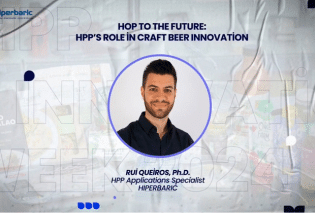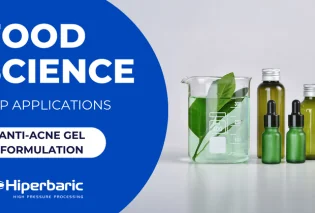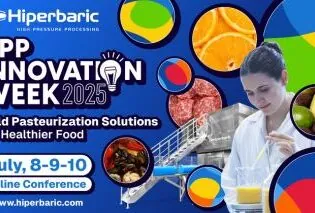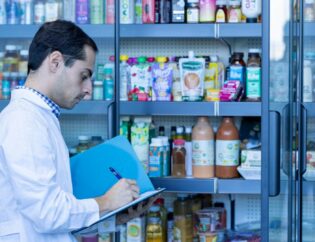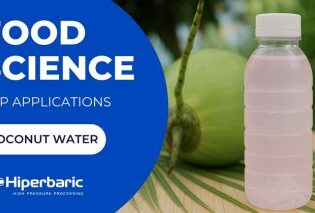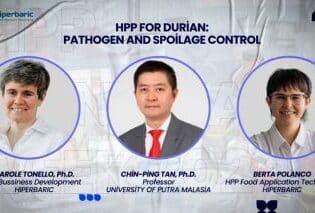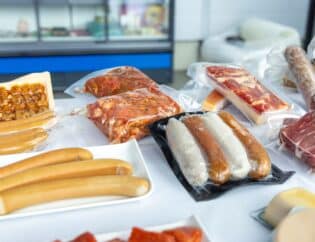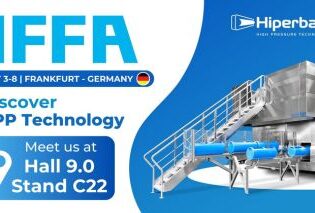
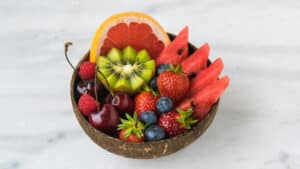
Fruits are an essential part of a healthy diet as they are an important source of bioactive compounds. Still, some fruits are difficult to consume due to their size, shape, and/or the necessity of peeling, and many are not available all year round. Ready-to-eat pre-cut fruits are a convenient and easy way to eat fruit, particularly in these fast-paced modern times. However, this type of product is very perishable and has a very short shelf-life. High pressure processing (HPP) allows producing pre-cut fruits safe from pathogens, free from chemical preservatives, and extends their shelf-life by up to 10 times.
Fruits are an essential part of a healthy diet as they are a great source of vitamins, minerals, antioxidants, phytochemicals, and dietary fiber. According to the World Health Organization (WHO), low fruit and vegetable consumption is estimated to be responsible for approximately 1.7 million deaths annually, being among the top 10 risk factors for global mortality. For that reason, the WHO recommends that a healthy diet should contain at least 400 g/day of fruit and vegetables. The consumption of fruits lowers the risk of diseases related to oxidative stress and the risk of developing chronic diseases. These products contain not only bioactive compounds (such as carotenoids and polyphenols) but also vitamins, minerals, and fibers. The most popular form of fruit consumption is in the form of juices and purées. Still, it is important to note the rise in demand for ready-to-eat pre-cut fruits due to their convenience and practicality, particularly for big fruits or that those require peeling (e.g. pineapple, mango, or watermelon) that are difficult to consume on the go. However, these products have a very limited shelf-life due to the perishability of fresh-cut fruit.
Fruit pieces preservation
As these products spoil easily, they require the use of preservation technologies. Traditional preservation technologies for fruits include canning, drying, and freezing, nonetheless, the most common is thermal pasteurization. However, thermal techniques have negative effects on the nutritional and organoleptic properties of fruits. This often also requires the use of additives to increase shelf-life and/or to mask
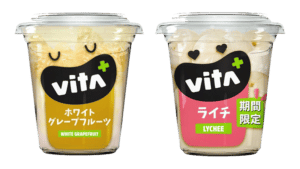
the effect of processing on color and flavor.
The increased awareness of consumers towards the effects of diet on health led to a greater exploration of minimal food processing technologies. These must ensure microbial safety whilst preserving both the sensory and nutritional characteristics, allowing to obtain products more similar to fresh foods. High pressure processing (HPP) is a non-thermal technology used to increase the safety and shelf life of different products, including ready-to-eat pre-cut fruits. HPP effectively inactivates pathogenic and spoilage vegetative microorganisms and may reduce enzymatic activity in fresh fruit, without greatly affecting vitamins, pigments, aroma, flavor, and overall nutritional value.
Overcoming limitations
Processing pre-cut fruits on their own with HPP is not feasible, since modifications at the cellular level resulting in the release of water and intracellular components, give an unwanted appearance and texture, and accelerate some reactions such as chemical and enzymatic oxidation. Still, there are solutions to this problem. One possible solution is to process the fruit submerged in its juice or another aqueous solution. An example of this strategy was tested in the following scientific study. The authors evaluated different apple varieties submerged in pineapple juice and processed at 600 MPa for 1–5 min and reported that the product maintained a high quality for at least one month in refrigeration (4 °C). Another scientific study reported a shelf-life of at least 45 days in refrigeration (4 °C) for pre-cut strawberries immersed in an aqueous solution (water, sucrose, and citric acid). Furthermore, the same study compared HPP with thermal treatment and concluded that HHP-treated samples had higher nutritional values (e.g. total phenols and anthocyanins – Figure 1) and better color than those thermally treated.
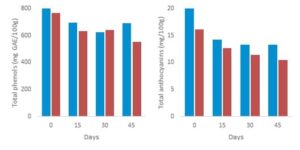
HPP also ensures the safety of pre-cut fruits, as shown, for instance in apple cubes submerged in an acidified glucose solution, where a 6-log reduction of Escherichia coli was verified after HPP. Furthermore, the shelf-life of the apple cubes was extended to at least 90 days.
Some commercial examples of HPP pre-cut fruits can be found, for instance, from Naturae or Sundia Fruit. Thanks to HPP, Naturae offers pre-cut watermelon, melon, and pineapple in their own juices (Figure 2), free from pathogens and chemical preservatives, and with a refrigerated shelf-life of up to 40 days (10x shelf-life extension).
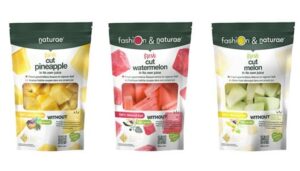
Feel free to contact us if you want to know more about HPP applications for pre-cut fruits and the multiple benefits that this technology can provide to your products.


